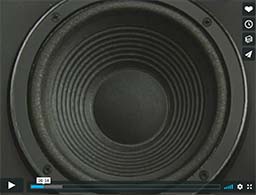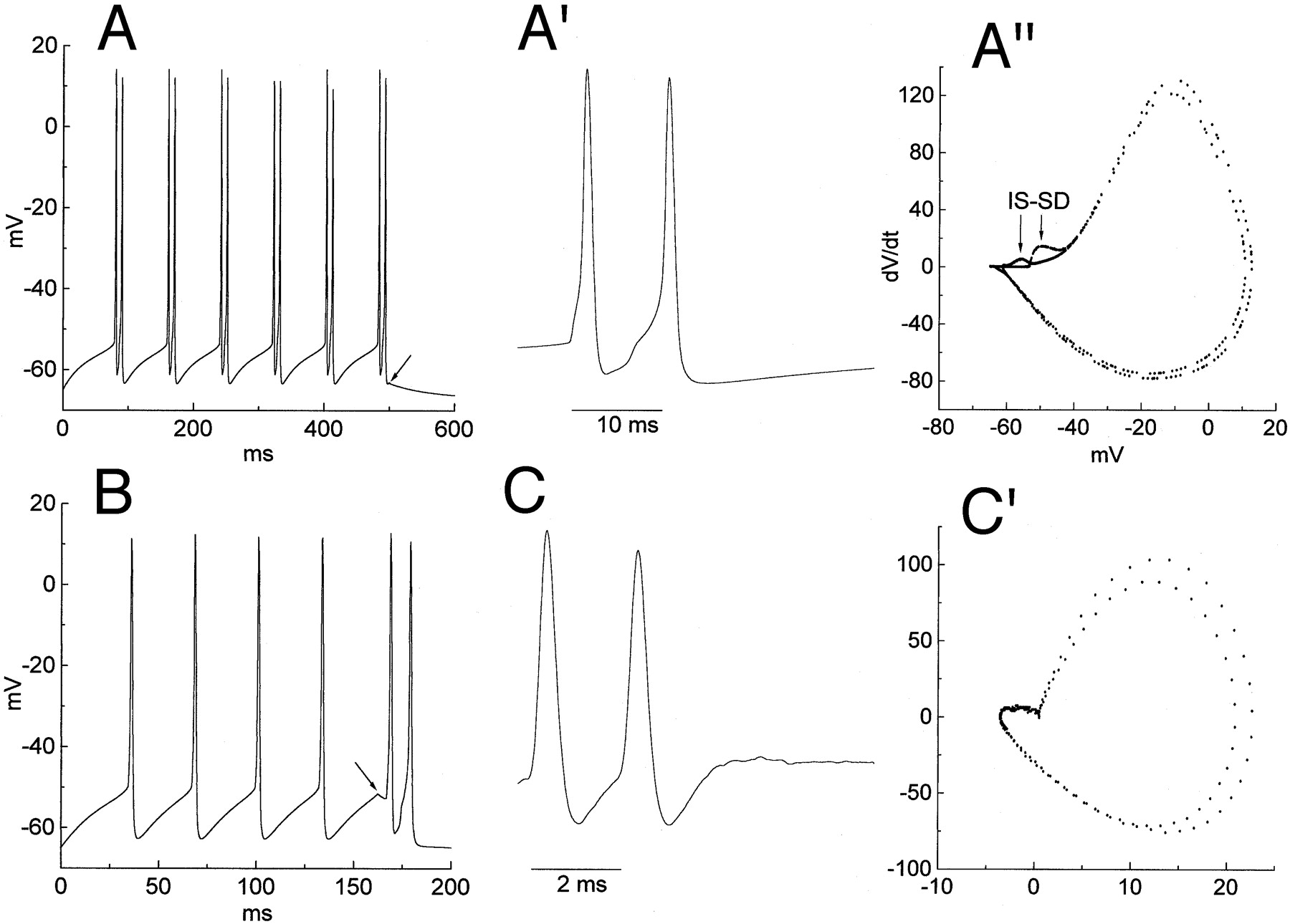Through a succession of works starting in 1989 I have studied various aspects of communication technologies in attempt to extract a series of materially informed comprehensions of a certain social disposition toward distancing – time, space, and coding. Sound and spoken language lie at the roots of human communication and their characteristics pervade all communication technologies. The Edison Effect (1993) focused on sound recording, in particular the graphical inscription of sound as a reproducible trace – a sounding script. Gray Matter (1995) examined the telephone, considering physical touch as an extension of hearing. The Messenger (1998) treated coded electrical communication systems from the Telegraph to the Internet. A series of works that scrutinized wireless communication includes “Four Foxhole Radios” (1999), “The Lecture of Comrade Stalin,” (2000) “Firebirds” (2004) and “From Rome to Tripoli” (2008).
Intervening and subsequent works during these decades serve as addenda or commentaries to these major technology-themed installation/essays. Works such as “Grind Snaxe Blind Apes,” (1997) “Moondust Memories” (2001) and “Dust” (2009) as well as “Early Media Goes to the Movies” (2008) interject commentaries on the visual corollaries of the auditive messaging studies with specific reference to television and cinema, respectively.
Certain important technologies are absent from this sequence of studies, and though my intention in no way aims to be exhaustive, there are several technologies whose bypassing I felt needed remediation. Significantly, these include magnetic recording and the loudspeaker. Magnetic tape will have to wait, for personal reasons as well as intellectual ones. (unification with Marconi’s magnetic receiver and Edison’s electromotograph).
The loudspeaker was, for me, a sore point for a long time. This cone of cheap cardboard sitting in a chipboard box, animated by coils of wire and magnets – a device that serves as our only intermediary between signal and sound – the paragon of all mediated listening. Whether low or high in status – the tinny speaker of a mobile phone or some magnificent overpriced audiophile monument, it is a sorry contraption.
I meant to tackle the loudspeaker, and in some ways made an approach both in “Gray Matter” and “Firebirds” whose central agendas, however, lay elsewhere. But what really stymied me for so long was, I think, its deceptive name: Loud Speaker, which conjures images of a voice, a throat, strong, stentorian, perhaps even eloquent. I kept mistaking the loudspeaker as an extension, or replacement for the mouth, the voice, the throat, the lungs, with all their baggage of wind and will and wailing.
 Gary Hill “Soundings” 1986
Gary Hill “Soundings” 1986It was only when I recast the speaker as a model of the ear that I had an insight into making a piece that would bring me into a closer understanding of mediated sound. It may have been the tinnitus. Already suffering a head cold, after a protracted trip on a KLM 747 with faulty pressurization I suffered damage to both my balance and hearing. The worst of this lasted through the years 2005-06, but I was left with recurrent bouts of tinnitus, a sound that jabs like a needle at the membrane of my hearing. I understand that the high-pitched sounds are illusory - replicas created by the brain to fill in frequencies it is no longer receiving from the ear. Again, a material model of communication to study, firsthand. The ear damage has also left me with intensified otoacoustic responses to brief sounds, so that listening to clicks has become, paradoxically, a richer experience for me. But the ear canal runs deeper still.
When a sound enters hearing organs, it moves flesh and bones in patterns analogous to the pressure waves in the air. This analog process passes, as though from the enlightenment into the romantic era, into the cochlea, a chamber that uses resonance to convert ‘when’ into ‘where.’ Each nerve, exposed to its chosen frequency then proceeds to fire in brief impulses, or spikes of electrical potential, in a modality that is no longer analogous, or apparently indexical, to anything real or perceived; nor is it anything resembling ‘digital’ or number based. What we would hear if we translate the firing of an auditory neuron into sound would be a volley of clicks that seem to correspond to nothing in the original sound nor to anything we ‘hear,’ except that under the conditions of receiving a sound the nerves fire more frequently than they do without excitation. The nerve-language, like the denizens of the forecourts of heaven, is inscrutable. Just a bunch of clicks. Yet when it is reborn within our field of perception, it is as clear and smooth or as muffled or rough as the original sound was in the waves of the air. We have pictures and numbers and sensations that bear this out. How strange, the smooth sound of the sine wave becoming a racket of clicks, only to be heard in the mind as pure smoothness again! My search for the perfect ‘messenger’ then, would be for the one sound that would pass from air to nerve to mind without changing its nature – an ‘eigensound’ – and this would be some sort of click.
 Neural spikes
Neural spikesMechanically, a loudspeaker is a kind of motor that can only shuttle back and forth a short distance. The old in and out. Put electricity thru it one way and the cone moves out; reverse the current and it sucks in. Its rapidity of response matches the acuity of our senses, so it can vibrate at the limit of our hearing – 20,000 times per second. In Jiffy_pop I used this motor to create the simplest of all oscillators. A piece of tinfoil, an electrical conductor, is positioned over the cone of a bare loudspeaker. When a needle, also conductive, comes to rest on the tinfoil, electricity is routed through the speaker whose sudden movement pushes the tinfoil out which in turn propels the needle to swing away again, breaking the circuit. This process is repeated over and over again at a rate varying from about 5 times per second to once per second, depending on the angle of the speaker and the length of the wire on which the needle pivots with some local variation dependent of a number of chaotic attractors.
When the moment of contact happens two sounds are created that dash away from the cone in opposite directions. One is the sound of the needle striking the tinfoil; the other, radiating from the back of the cone, is the pop made by the cardboard cone. Referring to and in extension of R. Murray Schafer’s idea of “schizophonia” this instantaneous splitting of one event into two sounds, the tapping of the needle on tinfoil and the impulse created by the current briefly running through the speaker, become the acoustic- and electroacoustic-terms in the dissociation, respectively.
“Jiffy_pop” (2014)
The clicks and pops engender multiple reflections from the surfaces of the surrounding space. To a careful ear the hard white walls of a gallery offer a rich architectural response to the localized clicks. Thus Jiffy_pop is a work that can be scaled from 15 speakers in a small room to an entire museum or palace. The walls come alive.
For some listeners, myself included, these clicks also elicit otoacoustic responses – tiny pitched vibrations made by the ear itself in response to the sounds of the pops and clicks. These in many cases persist beyond the brief duration of the stimulus and may be heard as a spectral component added to the physical sounds.
“Tympanic Alley” (2015)
“Tympanic Alley” (2015) seeks to extend both the metaphor of the inner ear and the elicitation of otoacoustic emissions from most listeners. The tinfoil leaf has been replaced with a small aluminum pie pan, the kind bakeries use for small tarts, about 4 inches in diameter. The needle is replaced by a piece of wire bent into the shape of the “stirrup” (stapes), one of the tiny bones of the inner ear, which pivots side to side in a sort of galloping motion as it swings back and forth. Again, the repeated loop of contact/expulsion/release is created. In Tympanic Alley however, the electrical current is modulated by high frequency audio signals that serve to “seed” the ear with otoacoustic-eliciting signals. These emerge only through the electroacoustic sound of the loudspeaker cone, and then only for the briefest instant. A tiny chirp of a slowly shifting signal from any one contact is to brief to be heard and merges with the click. But a large number of these small chirps are audible though corresponding to no indentifiable source in the gallery. They are, in effect, everywhere and nowhere. The “seed” signals include high pitched drones, harmonic and inharmonic, and glissando Shepard tones, sounds that possess pitch and trajectory, but no clear center of tessitura.
Liquid Centers In-ear sounds are somehow the least welcome ones. They take up residence inside us and, like hallucinated voices, set us off-balance. Balance, that other somatic function that is co-situated with hearing and co-evolved with it.
;